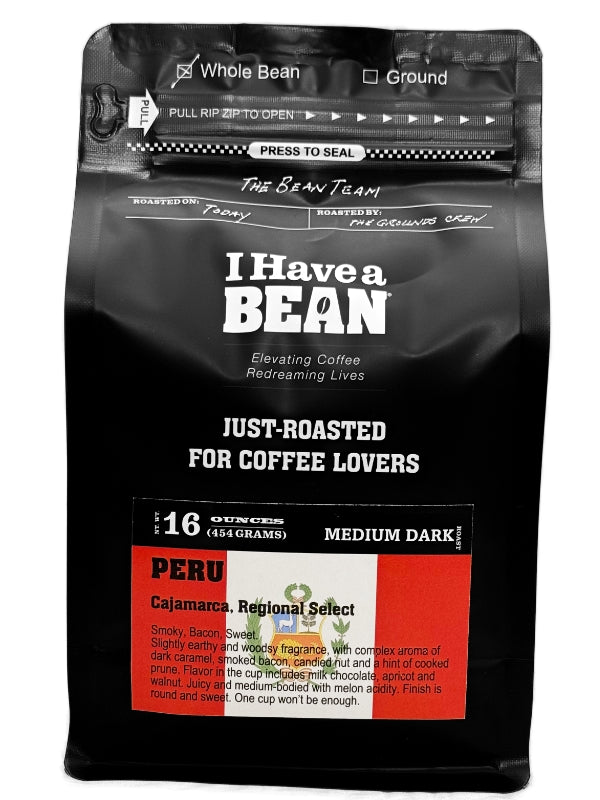



Sold Out $22.00
Variety: Catimor, Caturra, Bourbon, Typica
Region: Cajamarca
Process: Washed
Elevation: 1600 - 1900 MASL
The Regional Select program was created to highlight the unique profiles that different microclimates create in many coffee growing countries. Local variables like wind patterns, soil quality, sunlight, elevation, and other environmental influencers have much to do with the common characteristics that separate, say, a Northern Peruvian from a Southern Peruvian coffee, just as they inform the differences between a Peruvian and a Kenyan.
As an origin, Peru has all the conditions necessary to produce world-class coffee: Its high elevation; prominence of good varieties like Typica, Bourbon, and Caturra; and a quality-focused movement among smallholder growers, especially in cooperatives utilizing organic husbandry, is very encouraging for the future recognition these lots will deservedly receive.
Cajamarca
Cajamarca is a semi-dry, semi-cold, tropical highland of Peru with very fertile soil at high Andean mountain elevations. All of these factors contribute to the potential of specialty coffee production in the area, which is growing. Smallholder producers farm on 2-3 hectares of land, many of which practice organic farming. Most farmers in the area work independently, but the recent increase in cooperatives has been effective in increasing the quality of coffees produced in the area.
Peru has become one of the top producers of Arabica coffee, often ranked fifth in world production and export. The remoteness of the coffee farms and the incredibly small size of the average farm have prevented much of the single-farm differentiation that has allowed for microlot development and marketing in other growing regions, but as with everything else in specialty coffee, this is changing quickly as well. The country’s lush highlands and good heirloom varieties offer the potential for growers to beat the obstacles of limited infrastructure and market access, and as production increases, we are more likely to see those types of advancements.
